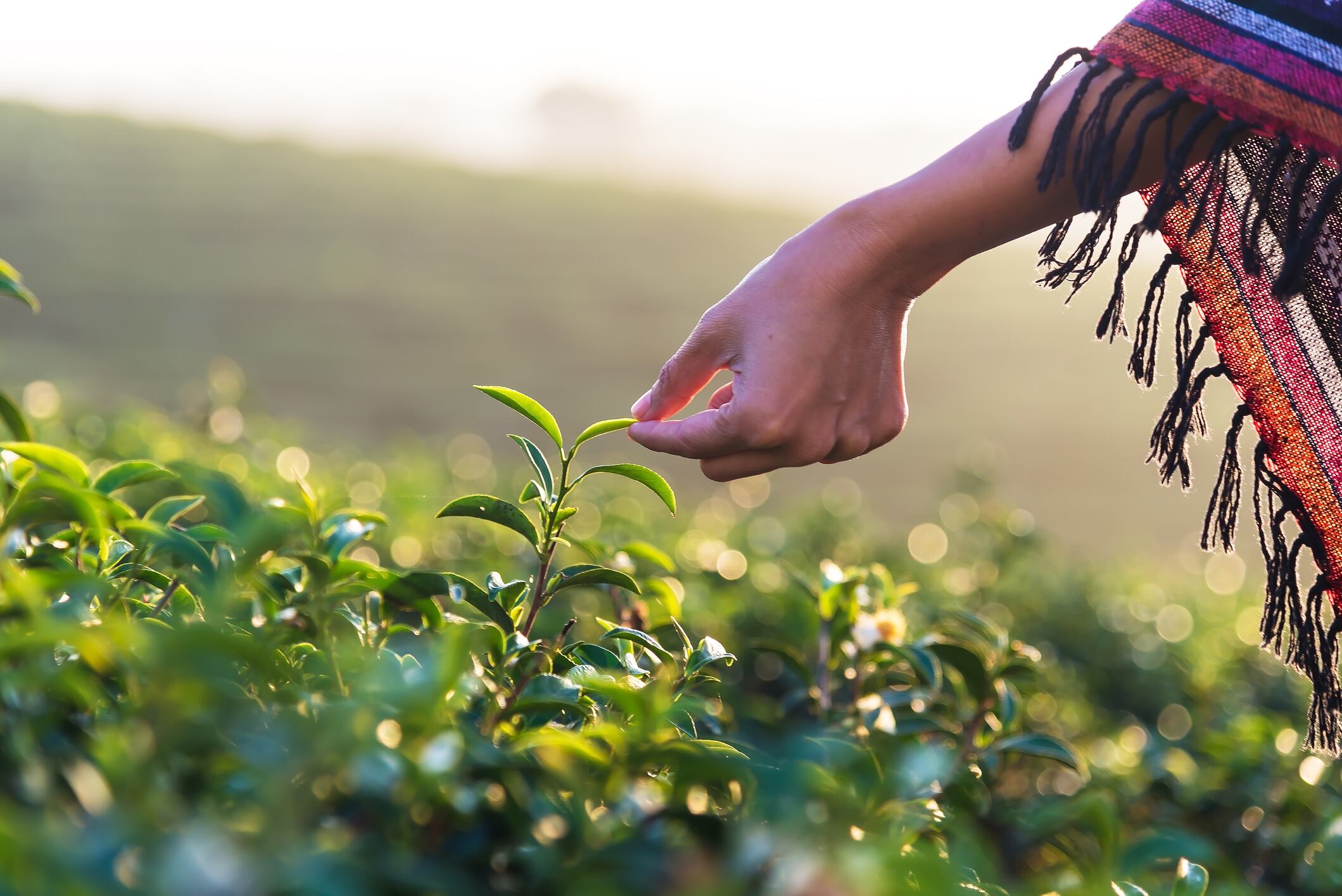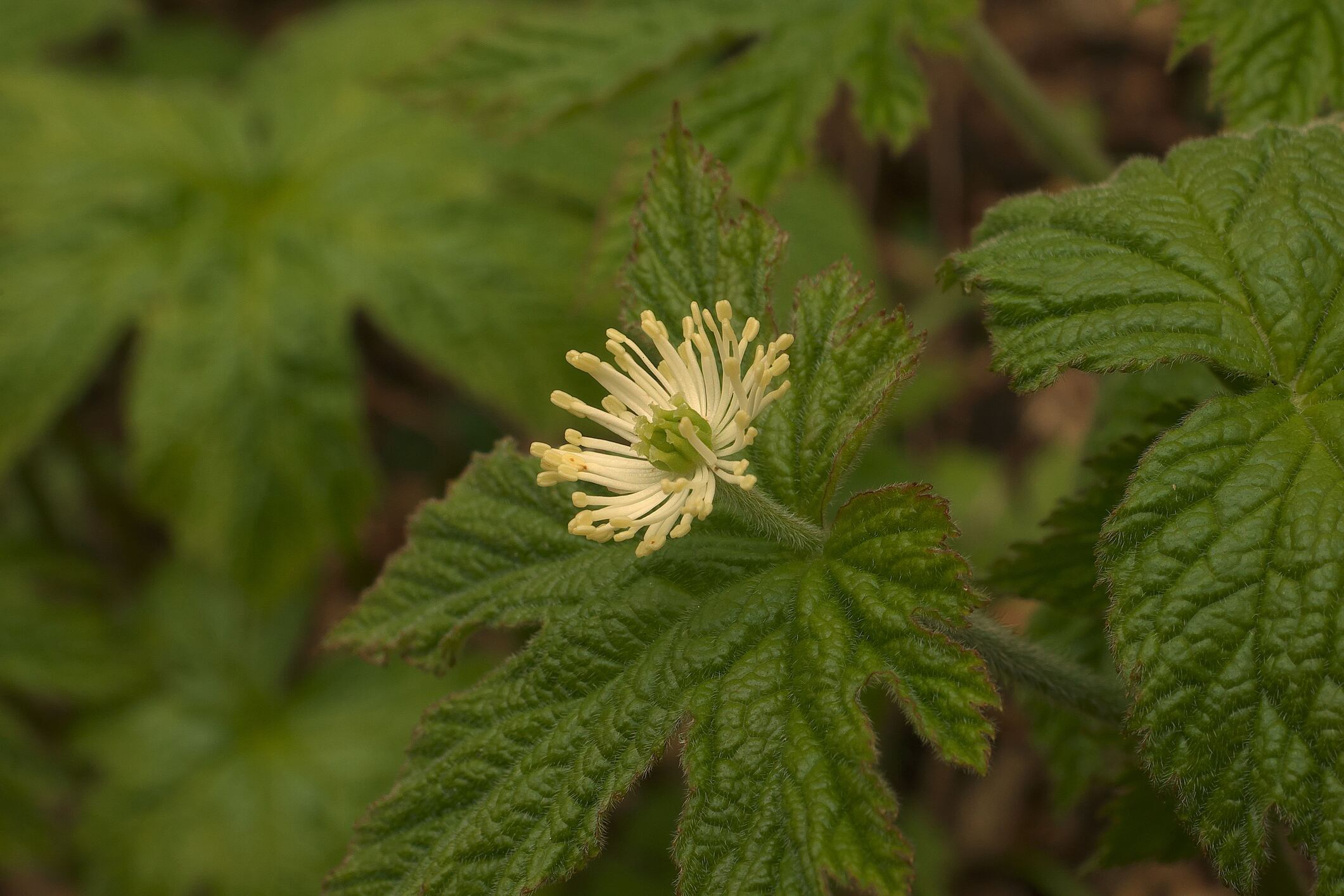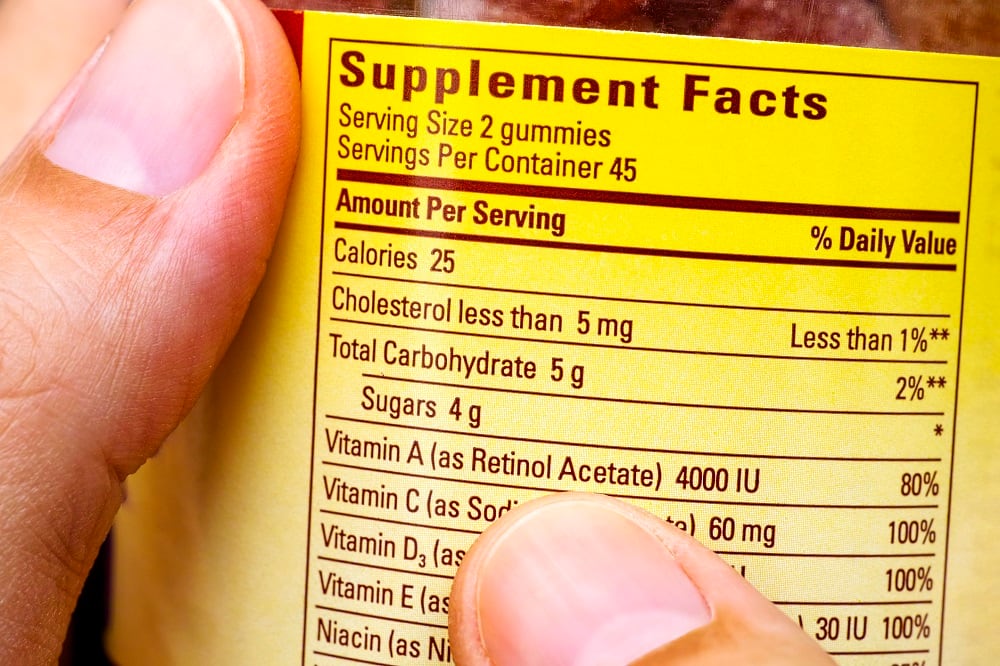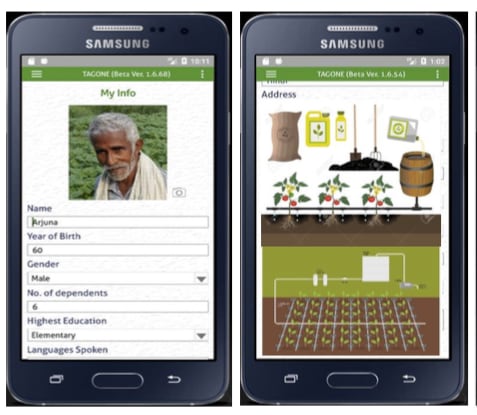Ethnobotanist Trish Flaster, founder of consulting firm Botanical Liaisons, has worked on these issues for much of her career. She has participated in the SSCI (Supplement Safety and Compliance Initiative), a cooperative venture among a number of industry stakeholders to reinforce the botanical ingredient supply chain.
Sophisticated app
Among the fruits of that endeavor is an app that can be used to record a wealth of data related to the harvest and processing of a botanical ingredient. This includes time of harvest, weather and soil conditions, and subsequent processing steps.
It also includes information bolstering the positive identification of the plant and/or plant parts. This feature could be especially useful in the harvest of wildcrafted botanicals. And all of that information is tied to the profile of the individual farmer or harvester.
One issue that has been raised with the app, which has been under development for several years, is that it is aimed primarily at providing the information required by downstream elements, such as aggregators or brokers. In so doing, it may require a level of sophistication that some farmers or harvesters in the developing world might struggle with. If it’s too hard to use, the thinking goes, it won’t get used.
Flaster said that in her opinion that view, with its implied call for the app to be dumbed down in some way, is shortsighted. She has spent years in the field in many parts of the world working with growers and harvesters.
That experience led her to conclude that many of these people are far more sophisticated than some quality-control person working in a lab in North America might give them credit for.
“There are a lot of very sophisticated farmers out there. They are very experienced technicians in the field,” Flaster said.
Flaster said the app represents a truly state of the art auditing tool, the comprehensiveness of which should not be taken lightly.
“It’s really a tool for those who want to know what’s going on prior to getting materials in house,” she said.
Too sophisticated?
But Flaster acknowledged that there is a gradient of experience and dedication in the field, and the app, good as it is, can’t serve all needs. For example, while it has been translated into a number of languages, including Mandarin and Hindi, many famers at the local level may be speaking and reading in native tongues, or may be illiterate.
Flaster gave an example of an experience she had years ago working with traditional healers in Tibet. The herbal doctors were not the ones harvesting the plants in the field. The harvesters had their own ways to identify the correct plants, and were astonished when she showed them morphological characteristics of the plant parts with her hand lens.
“These are standard ways of identifying plants. But they didn’t know that, and they had their own method they used,” she said.
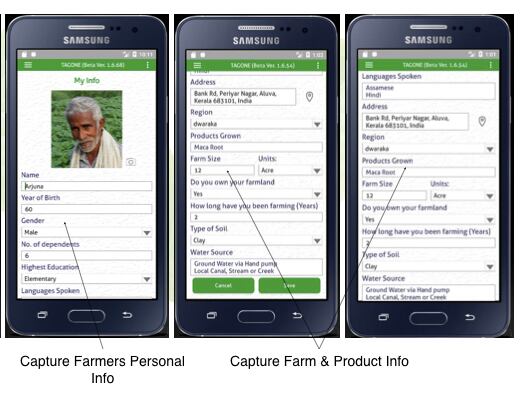
Flaster said that for this stratum of the harvesting and growing communities, photographic evidence might be the place to start.
“The best thing we could do for the farmer is to give them a small, simple camera. What does your site look like? Take a picture. What are you applying? Pesticides? Manure? Take a picture of that,” she said.
“Then you would have a time stamp for when the plant was harvested. They could take pictures of what tools they were using, and you could verify whether the tools had been cleaned or not,” she said.
Flaster said photos of the plants themselves at the time of collection or harvest could go a long way toward ensuring that the correct material was being harvested.
“All the quality control in the world doesn’t matter if you have the wrong plant,” she said.

